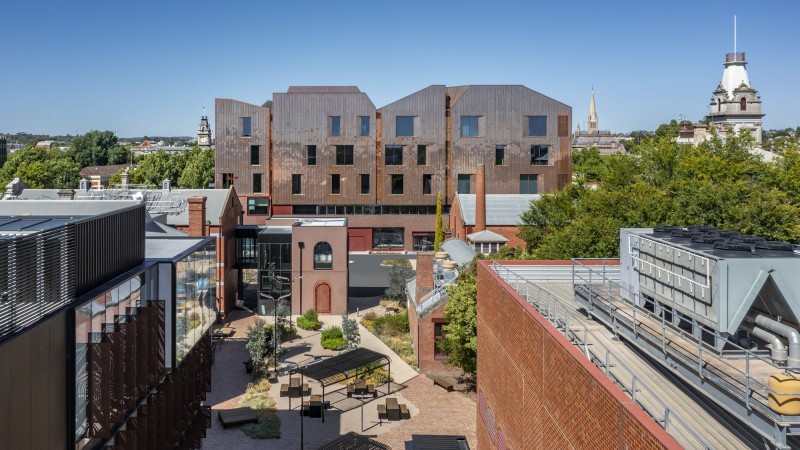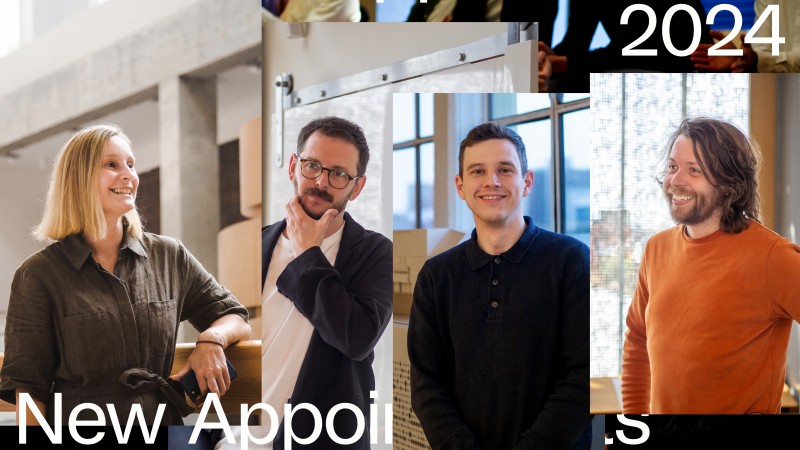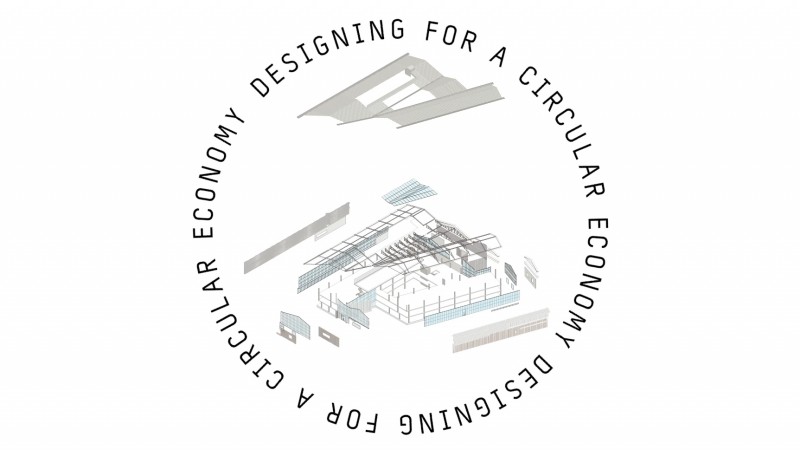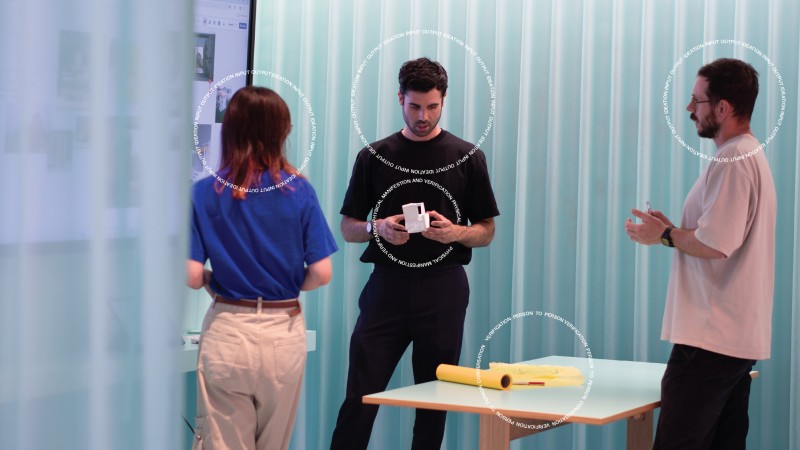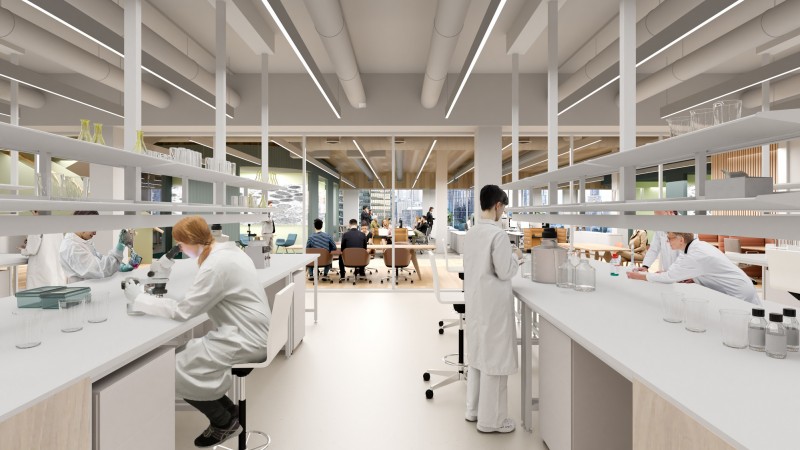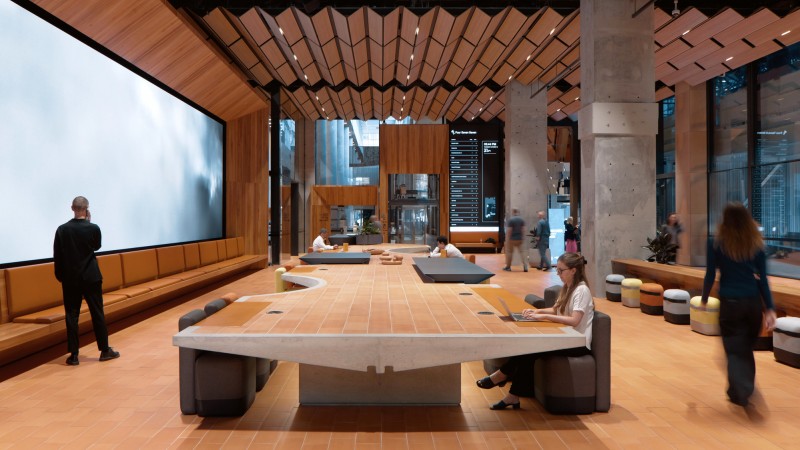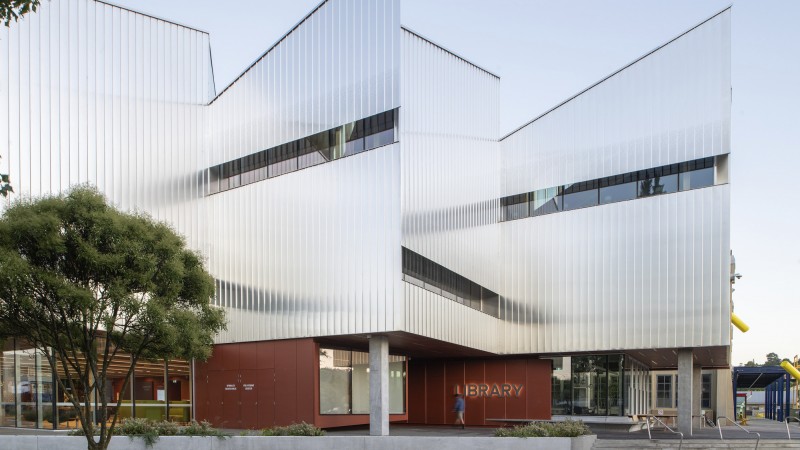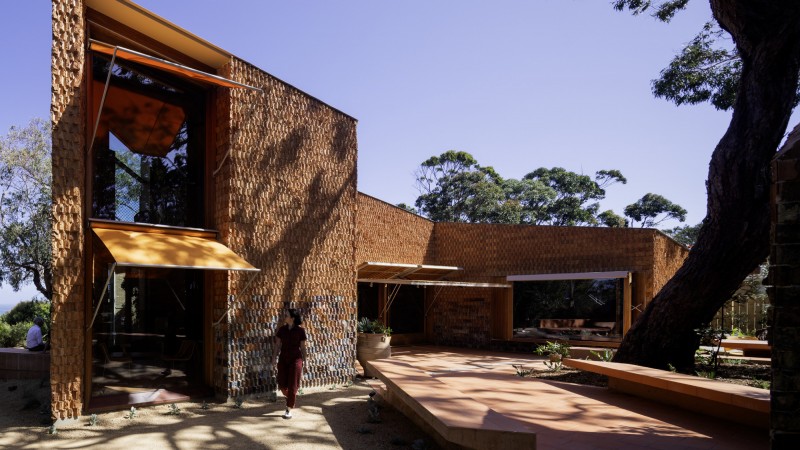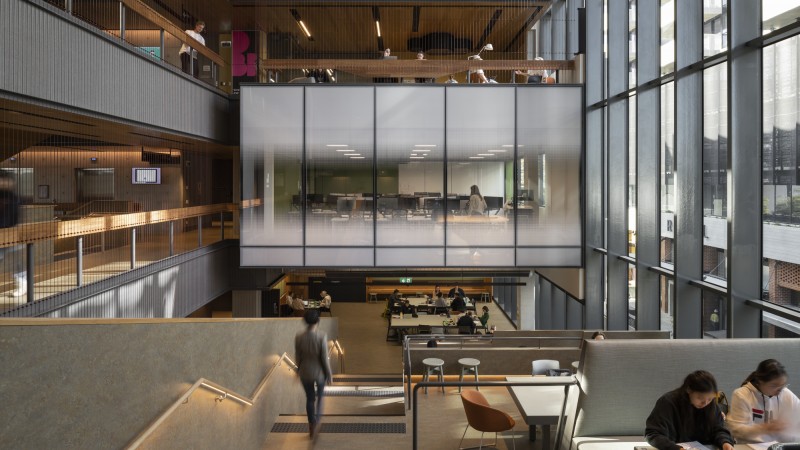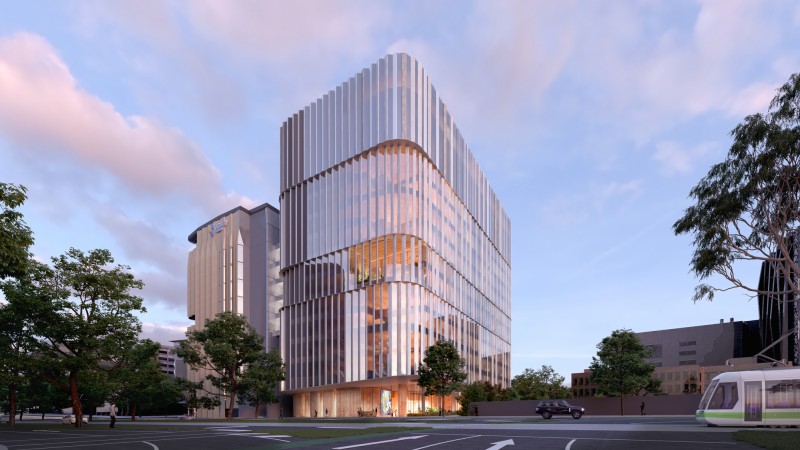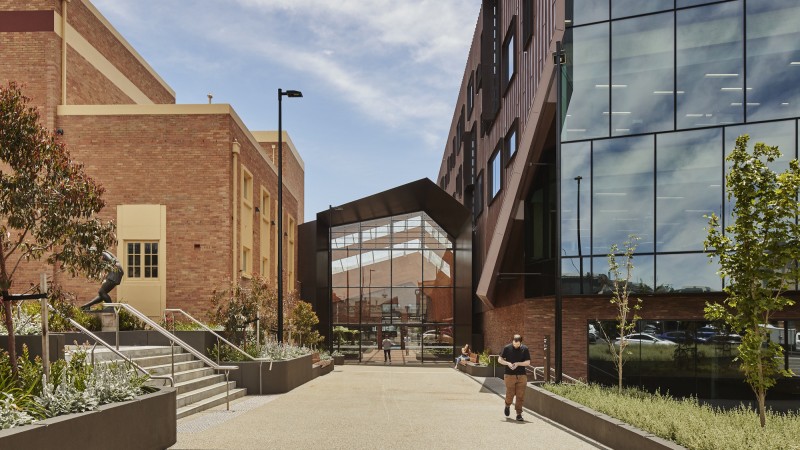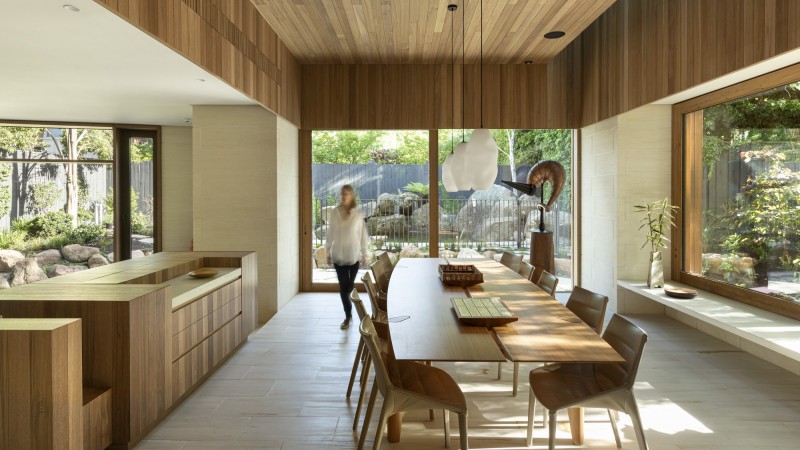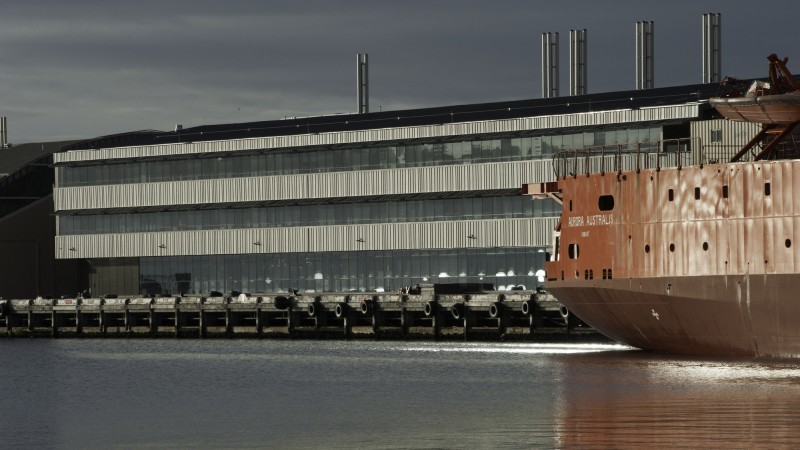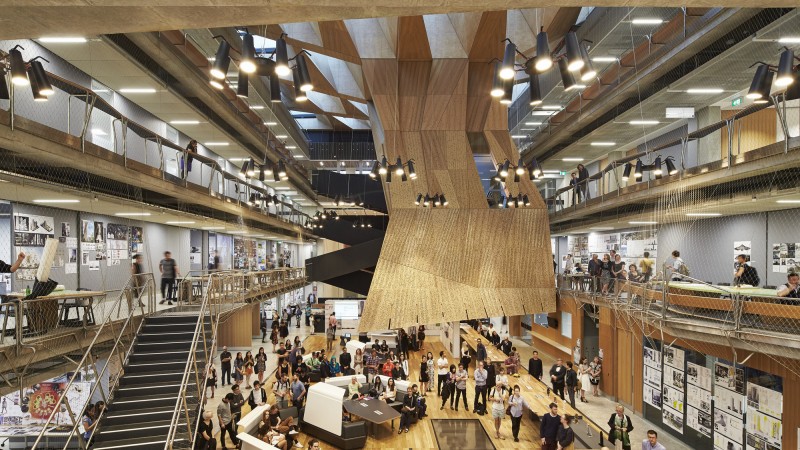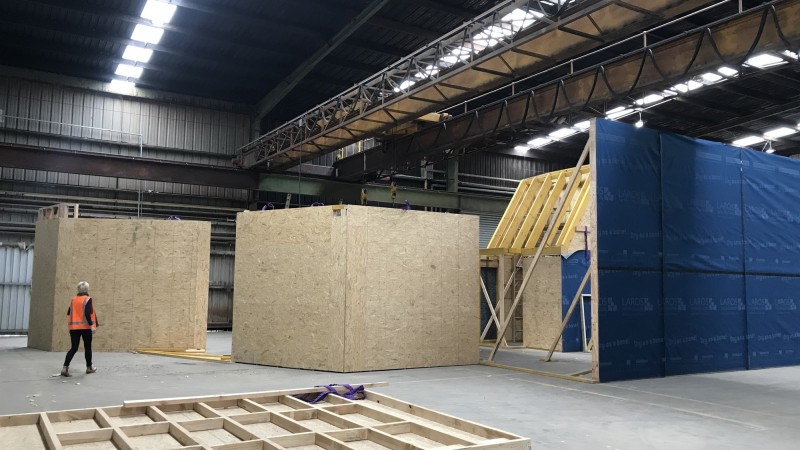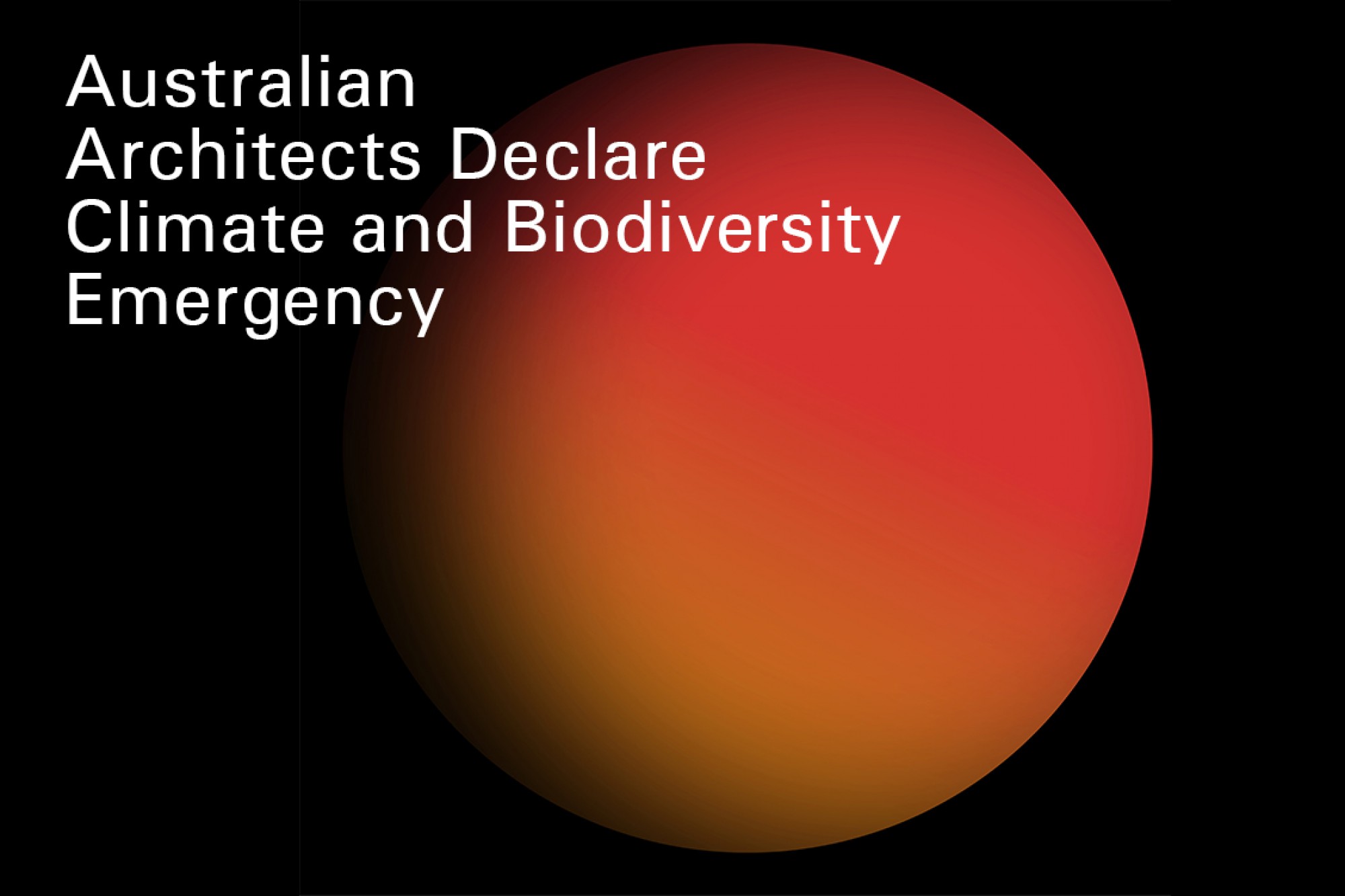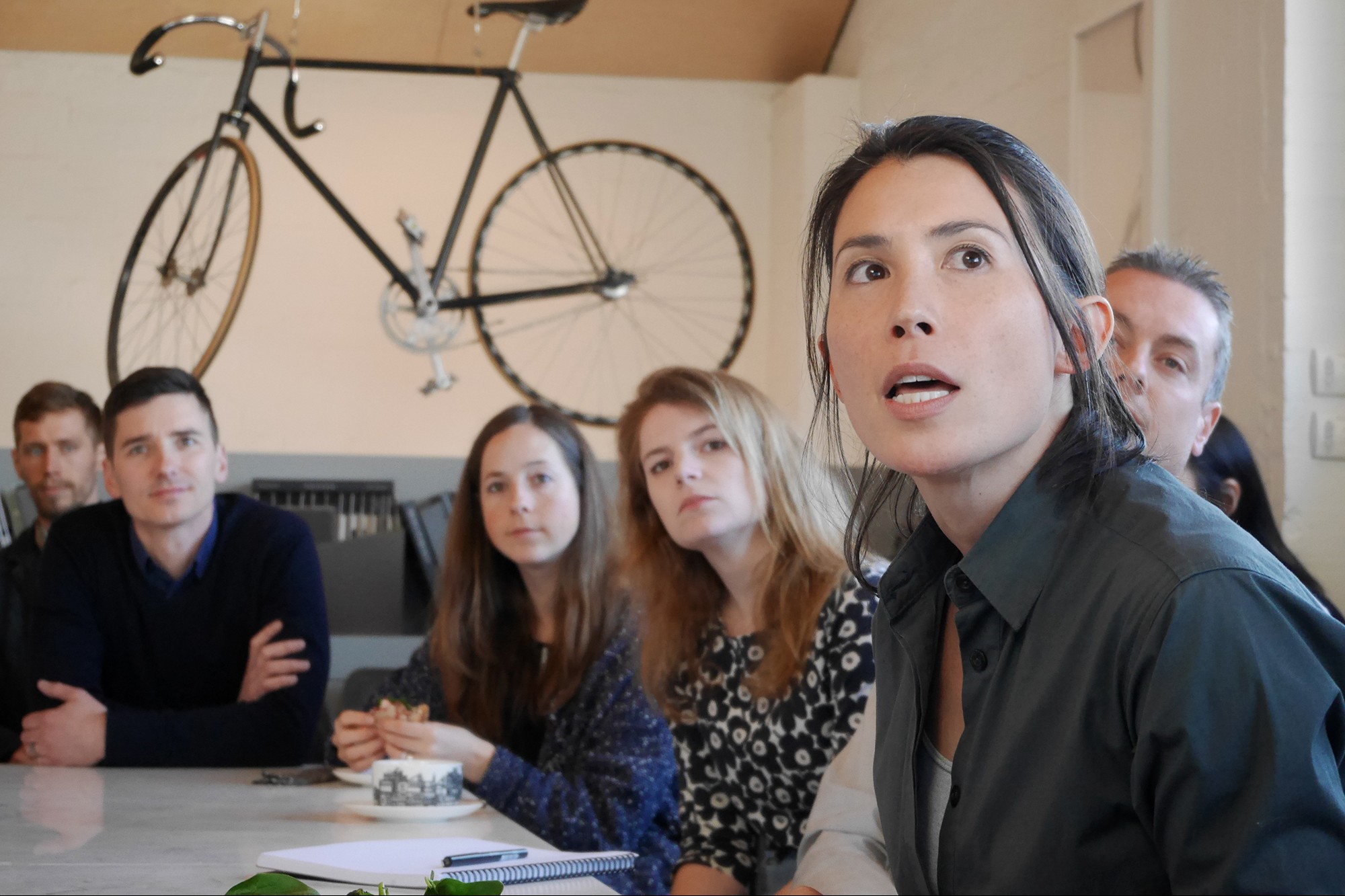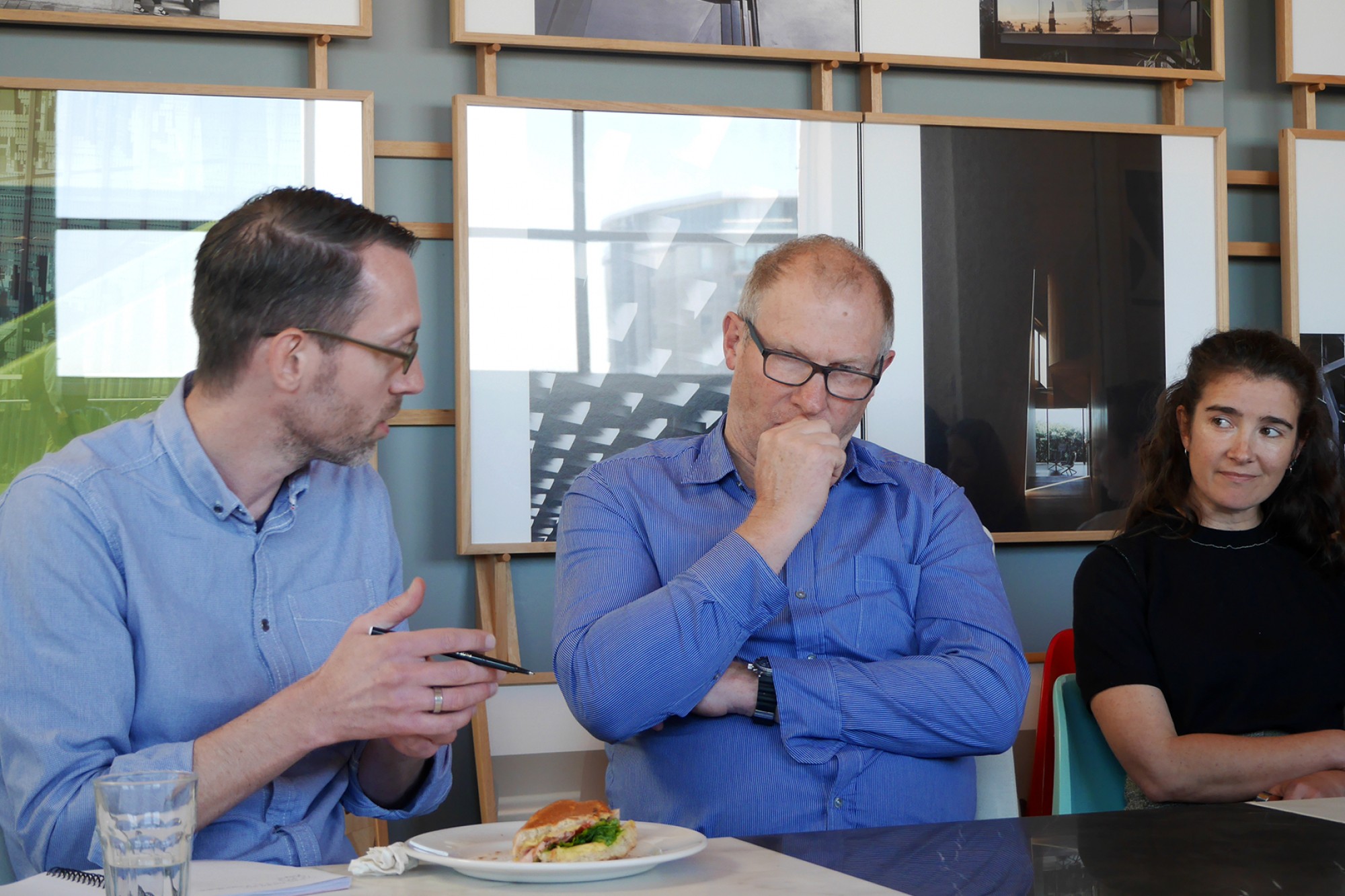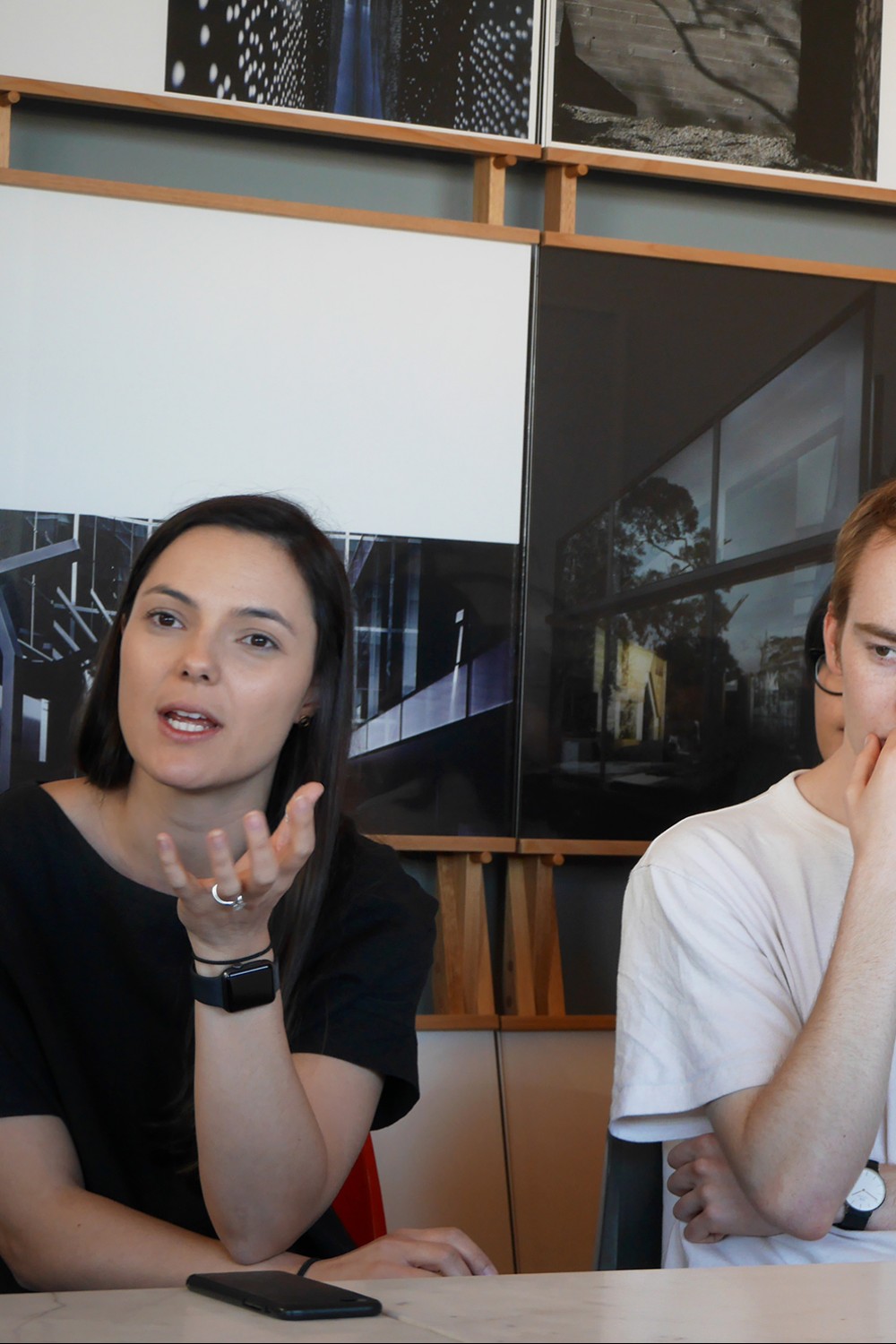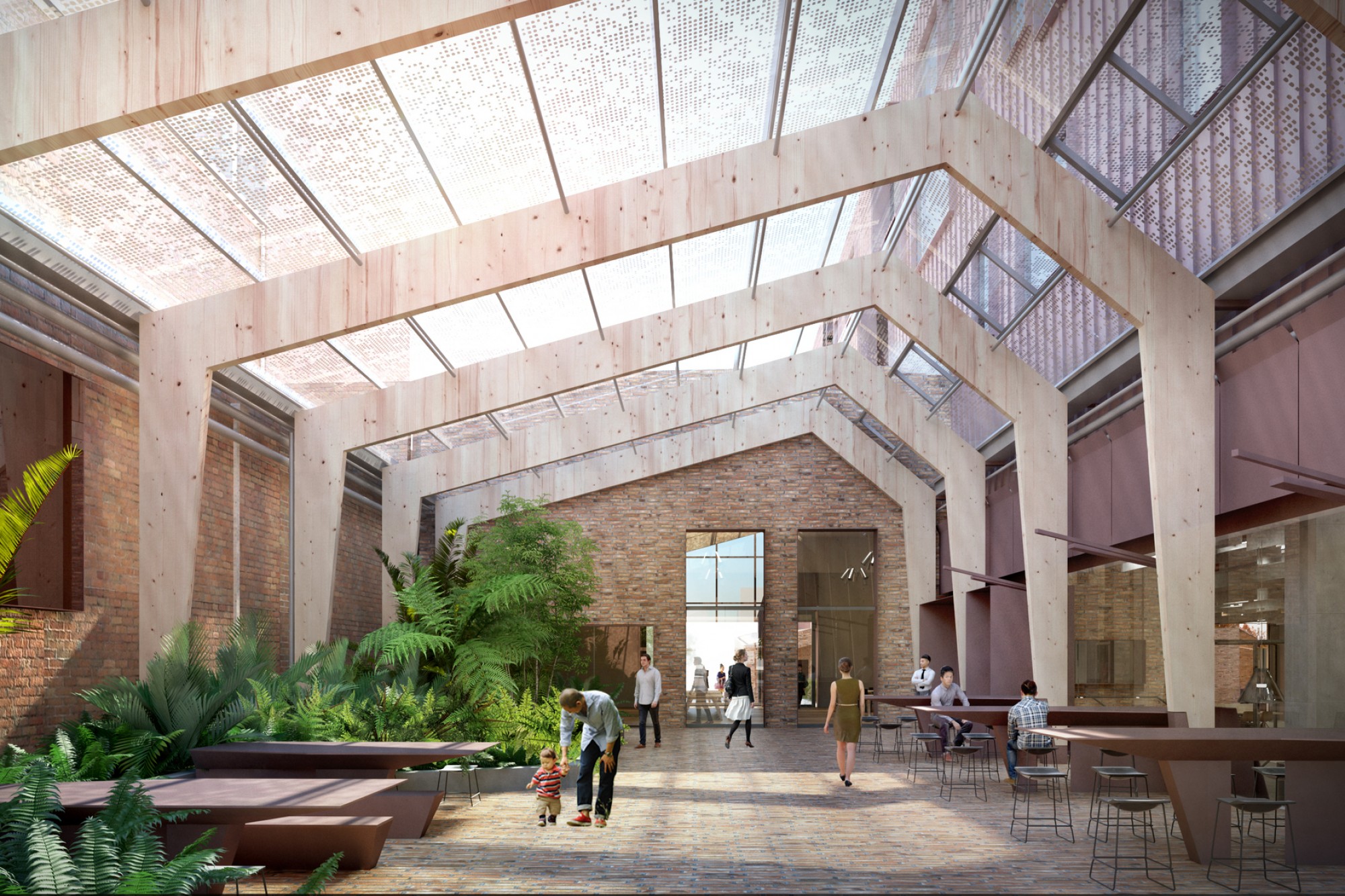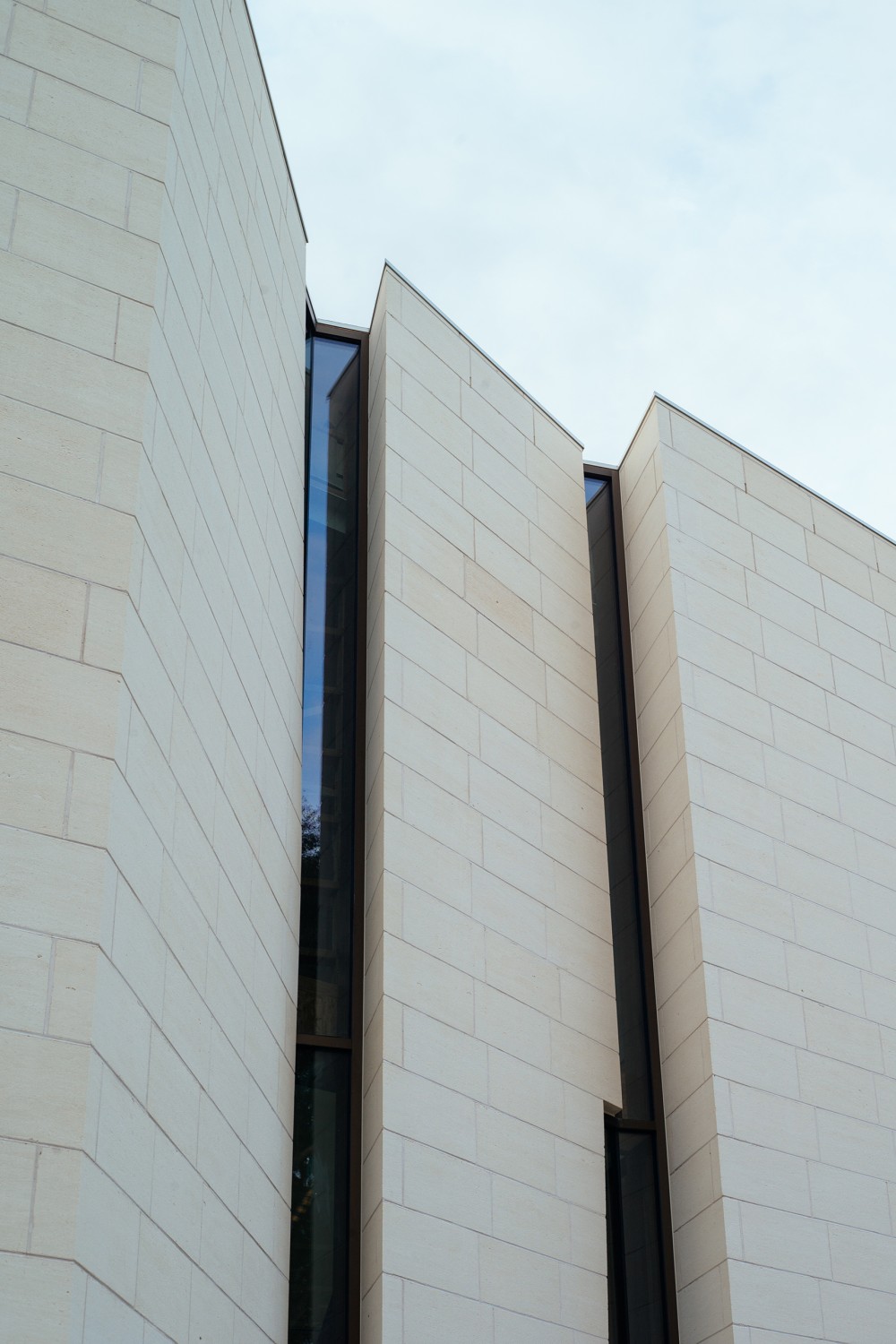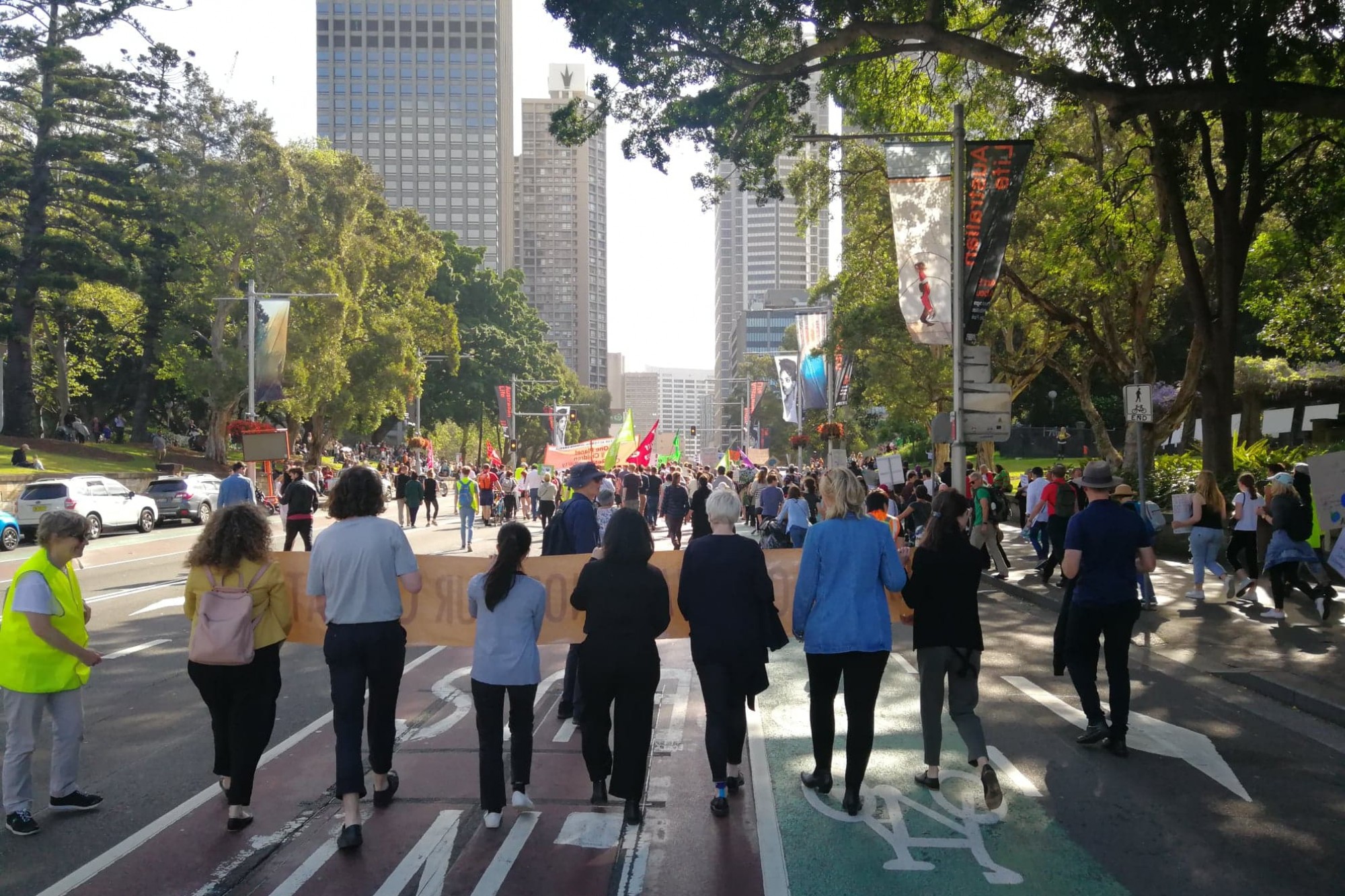Globally, buildings and construction account for nearly 40% of energy related carbon dioxide emissions. This makes designing sustainable buildings and cities imperative. As temperatures and sea-levels rise and extreme weather events increase in frequency, we’ll need to design differently.
In July 2019, Wardle was one of 30 founding signatories to the Australian Architects Declare movement. Australia is the third country to join the global movement, founded in the United Kingdom in May. Its declaration recognises climate breakdown and biodiversity loss as the most serious issues of our time.
Later that year, we marched with 300,000 people across Australia to support a movement initiated by school children to drive climate action. We watched as a 16-year-old Greta Thunberg implored world leaders at the UN Climate Change summit to reduce global emissions.
These events have generated significant momentum within our practice and the broader industry. The task now is to translate this momentum into change. To prompt a collective reconsideration about the way we act as individuals, the way we work, the way we use finite resources and build our cities. Fundamentally, we must rethink how we live and what we value.
